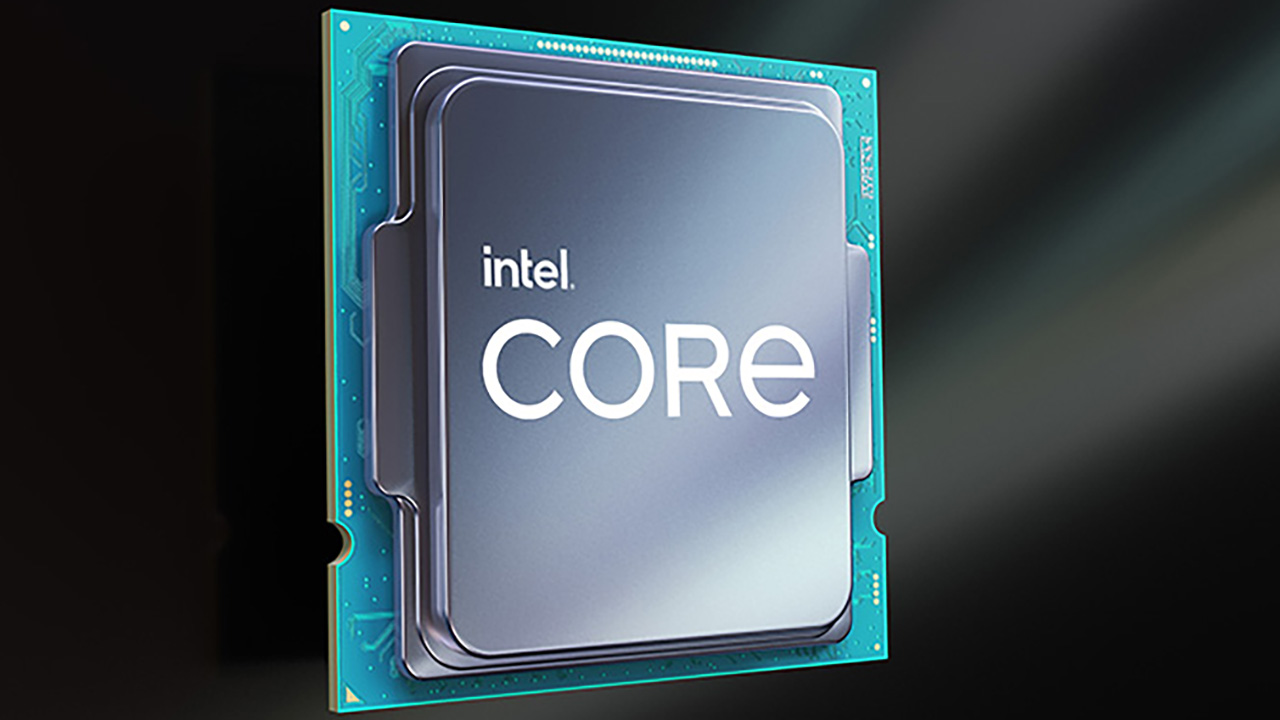Intel, good news on 7 nanometers. 'Most 2023 products made in-house'
Source: HW Upgrade added 22nd Jan 2021
Pat Gelsinger, new CEO of Intel since 15 February, he said he was satisfied with the development stage of the 7 nanometer production process and assured that most of the 2023 products will be produced in-house.
by Manolo De Agostini published 22 January 2021 , at 09: 01 in the Processors channel
Intel
The future Intel CEO Pat Gelsinger , who will officially join the company on 15 February succeeding Bob Swan, has begun to outline the strategy of the microchip giant, in particular the important and crucial production sector , as anticipated in recent weeks. On the sidelines of the quarterly report, the new CEO explained that he will illustrate in detail his vision after taking up the position, but nevertheless he anticipated important steps forward in the development of the production process. 7 nanometers , after the problems highlighted last year.
“I had the opportunity to personally review the progress of Intel’s 7-nanometer technology over the previous week. Based on the initial review, I am satisfied with the progress made in terms of health and recovery on the 7 nanometer program. confident that most of our products planned for 2023 will be produced in-house . At the same time, given the breadth of our portfolio, it is likely that we will expand our use of external factories for certain technologies and products. We will provide more details on this aspect and on the roadmap 2023 once I have fully evaluated the analysis that has been done and the best path to follow “.
We will probably have to wait some time for Gelsinger to offer us an overview and on Intel’s production future, updating us not only on 7 nanometers but also on the most advanced processes on which the company is working with the lights off. The new CEO, however, reveals the intention of wanting to make the most of existing capabilities , both in technological terms that of men: he does not therefore seem, at least at the moment, ready for drastic changes in the modus operandi. Much will depend on the circumstances and if Intel really managed to get the 7-nanometer process back on track, it will all become easier for Gelsinger.
“Looking ahead, the world is becoming more digitally connected, expanding the market ahead of us. Intel is the only semiconductor company in the world that can offer intelligent silicon, platform vision and manufacturing capacity, along with the reach our customers need to power their next innovations, “commented the future CEO.
” There are huge opportunities for Intel , but to be able to grasp them we need to provide the best products and keep up with our customers’ needs. We need to become more agile in a very competitive market. We must work flawlessly and carry out our commitments. We must innovate with passion , audacity and speed. Intel’s culture and values must be healthy and vibrant, making sure we attract and retain the best engineering talent in the world “, Gelsinger added. In the past few hours, in this regard, we have learned how the lead architect of the Nehalem architecture is back in the ranks of Intel. Gelsinger said he was happy with this development and anticipated that there will be changes in leadership roles thanks to the return in the company of leading figures in industry.
Speaking after Gelsinger, Bob Swan explained that in the definition of the 7 nanometers, “the flow contained a particular sequence of steps that contributed to the defect we talked about last June”. The review of the process led to the resolution of defects, but also to the “rationalization and simplification” of the technology to “make sure we can comply with our product roadmap for 2023 “, said the outgoing CEO saying he was confident that Intel will respect the commitments.
“In parallel, as stated by Pat, we will continue to leverage our relationships developed over the years with our partners external production and we believe they can play a greater role in our roadmap given our disaggregated projects “, added Swan, recalling how in the future the US company will increasingly switch to chiplet-based projects (such as AMD) and to new packaging solutions, all elements that can be created individually and subsequently assembled for create a finished product.
Going back to upcoming products, Swan said Intel has an “exciting” range of CPUs for the 2021 and 2022. “Just two weeks ago at CES we introduced beyond 50 processors for a total of more than 500 projects between laptops and desktops coming to market in the 2021 “. And while Tiger Lake and the notebook sector are doing very well, as learned from the quarterly report, as far as datacenters are concerned, Intel is delivering the first Intel Xeon Scalable CPU to 10 nanometers, codenamed Ice Lake , with an increase in volumes expected for the course of this quarter.
Intel then reiterated what it said at CES 2021: the arrival of Alder Lake this year on notebooks and desktop PCs, as well as the new project Sapphire Rapids for the world of data centers. Both products are made with the process “Enhanced SuperFin” nanometers and are already in the hands of some partners: Alder Lake production will go live in the second half of the year , while Sapphire Rapids will have to wait until the last quarter.
